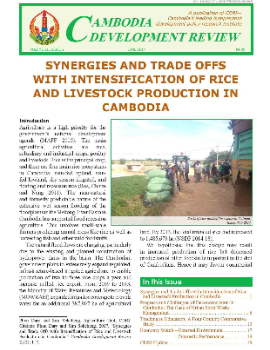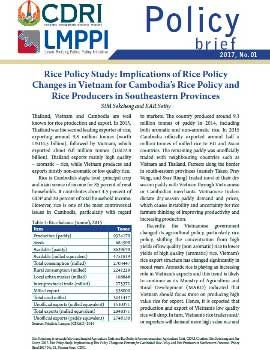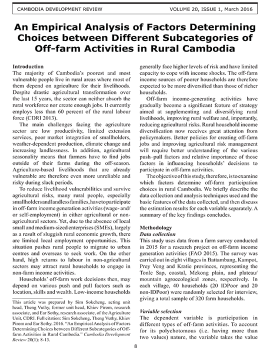Centre for Policy Research in Agriculture and Rural Development
The Centre for Policy Research in Agriculture and Rural Development (CPARD) is committed to carrying out cutting-edge, evidence-based, policy-relevant research focusing on Cambodia’s agriculture sector. We bring a wealth of expertise and experience to all our research activities which are locally and internationally acknowledged for their rigor. Our experienced researchers with expertise in agricultural economics, applied economics, and economic development develop and apply innovative quantitative and qualitative tools to study numerous critical issues in the field of agriculture, including nutrition and food safety, agricultural value chains, agricultural sustainability, agricultural development, and rural livelihood improvement. Our dissemination efforts target policy makers, development partners, and research community through publications, seminars, workshops, conferences, and dialogues. Having partnerships with government agencies, local and international think-tanks, and other research institutes, we hope to make a meaningful contribution to a sustainable future of Cambodia’s agriculture and improve the well-being of people residing in rural communities.
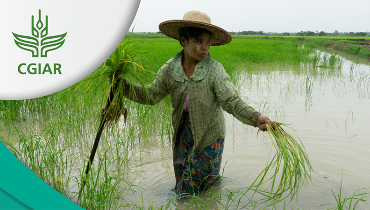
Asian Mega-Deltas: From Risk to Resilience
CGIAR | WorldFishTo address urgent concerns on climate change, the CGIAR, together with its centres and development partners, is officially launching the Securing the Food Systems of Asian Mega-Deltas for Climate and Livelihood Resilience (AMD). T...
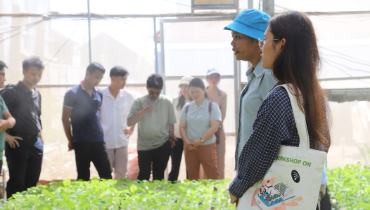
Research on Main Innovation Model in Agriculture And Rural Development
International Fund for Agriculture DevelopmentResearch on Main Innovation Model in Agriculture And Rural Development is a regional study that aims to review recent innovation models in agriculture and rural development with lessons learned for future policy improvement.

Digital Economic Integration of MSMEs in the Global South
IT for ChangeIT for Change, Institute of Development Studies (IDS) and country partners are preparing a project on “Digital Economic Integration of MSMEs in the Global South”, focusing on micro, small and medium enterprises (MSMEs). Due to the...
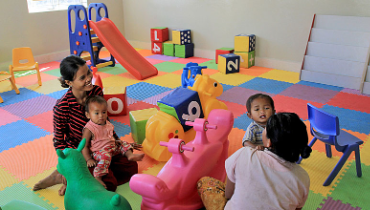
Childcare Availability Study
The World BankThe World Bank’s East Asia and Pacific Chief Economist Office is preparing a regional flagship report on childcare. The report is exploring how childcare availability can promote equity and growth objectives and how childcare can...
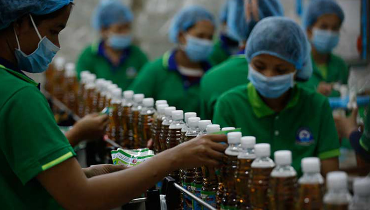
Potential Business in Cambodia
Khmer EnterpriseSmall-and medium-size enterprises (SMEs) are regarded as backbone of Cambodia’s economic growth (IFC 2010; Shariff et al. 2010). The number of formally registered SMEs is about 43,258 establishments, based on 2021 annual report by...
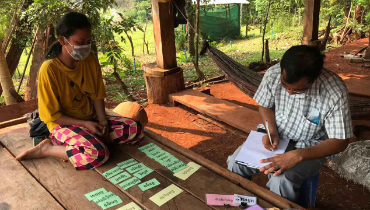
Cambodia Nutrition Project's Baseline Data Collection for Qualitative Evaluation Study
The World BankTo improve undernutrition challenge, a five-year The Cambodia Nutrition Project (CNP) was formulated with The MOH and the National Committee for Sub-national Democratic Development (NCDDS) of the Ministry of Interior are the imple...
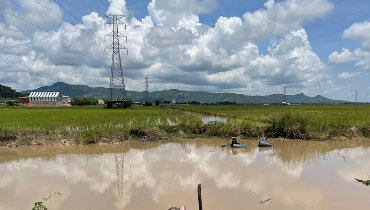
Promoting Small-holder Farmers through Irrigation
International Fund for Agriculture DevelopmentMore than 60 percent of Cambodia farmers grow rice, also, rice farmers mostly are smallholder suffering from low productivity, inadequate infrastructure, and vulnerability to flooding and drought. Remote smallholders might not ben...

Impact Evaluation of Community-Based Childcare Centres (CBCCs)
The World BankTo design, administer, and disseminate the results of an impact evaluation of community-based day-cares for the children of garment factory workers (CBCC) in Kampong Speu Province, Kandal Province, and other areas. To design a rig...
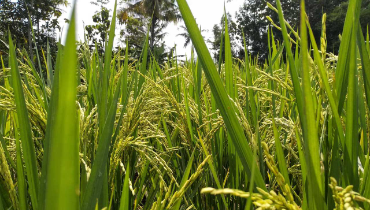
Comparative Study for Sustainable and Better Market Access of the Regional Rice Sector
Institute of Policy Strategy for Agriculture and Rural DevelopmentAs part of comparative study, the content of this study focuses on the rice sector and market access in Cambodia. The comparatives study is essential for the region because of the important role of the rice sector in national econ...
There is no data list!
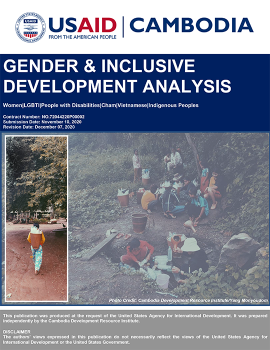
Gender and Inclusive Development Analysis
This study reports the results of a comprehensive gender and inclusive development analysis (GIDA) to inform the United States Agency for International Development (USAID)‟s workplans regarding Cambodia‟s Country Development Cooperation Strategy (CDCS) for 2020– 2025. The GIDA uses a combination of quantitative and qualitative methods to identify macro and sectoral level gender gaps, social inequa...
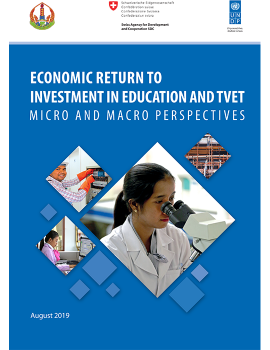
Economic Return to Investment in Education and TVET: Micro and Marco Perspectives
This study is a part of the UN Joint Programme through which the UNDP seeks to examine the relationship between the economic/monetary returns of investments in education and technical vocational education and training (TVET) at individual, household and national levels. The overall objectives of the study are (1) to estimate the rate of return at the individual, household and national level, of in...

Scaling up Home Gardens for Food & Nutrition Security in Cambodia
This report reviews a project funded under the research program called “Scale up of Homestead Food Production for Improved Nutrition in Cambodia”, also known as “Family Farms for the Future (FF4F)”. The project tries to capture FF4F’s immediate and potential contribution to food security. FF4F aims to help three main groups: large-scale producers of fish fingerlings, home gardeners and village mod...

Rice Policy Study: Implications of Rice Policy Changes in Vietnam for Cambodia’s Rice Policy and Rice Producers in South-Eastern Cambodia
There are many studies about rice production in Cambodia, but none focus on the geographical location of rice production, particularly in the south-eastern provinces of Prey Veng, Takeo and Svay Rieng. Farmers in these areas produce mainly low-value rice (IR504) most of which is exported as wet paddy to Vietnam. The Vietnamese government recently decided to restructure its economic and agricultura...
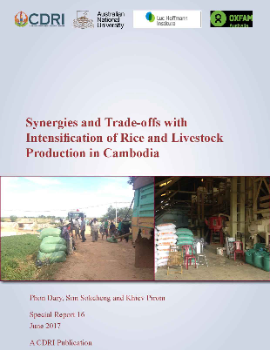
Synergies and Trade-offs with Intensification of Rice and Livestock Production in Cambodia
This study examines the benefits, risks and costs of changing from flood recession to intensive irrigated agriculture in Cambodia. Methods used include food supply calculation, nutritional supply estimation, potential production area projection, water use estimation, and energy consumption estimation. Three scenarios were designed to model current food supply and projected food production (in term...
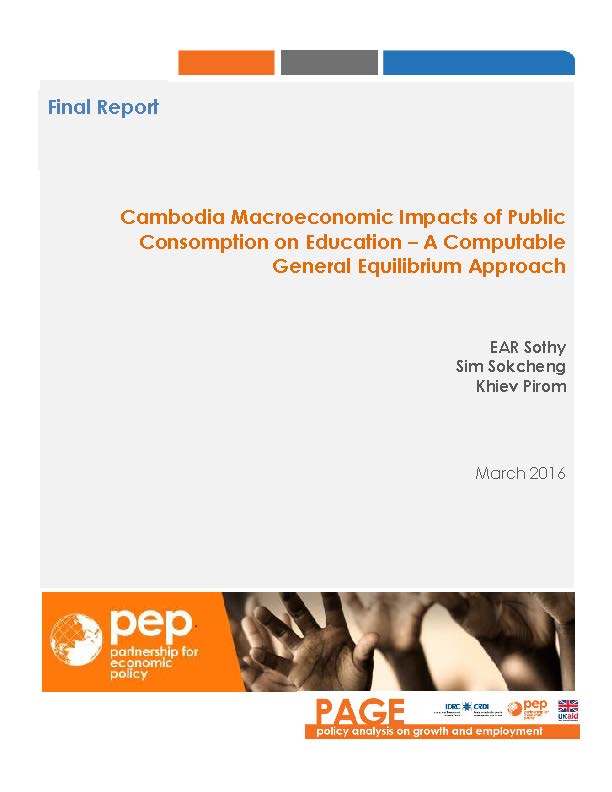
Cambodia Macroeconomic Impacts of Public Consumption on Education — A Computable General Equilibrium Approach
Lack of human capital is seen as one of the most significant constraints for Cambodia to be more competitive and to reach upper-middle-income country status. A recent discussion among researchers, policymakers, the private sector and development partners reached a broad consensus that a skills gap is emerging in Cambodia. In spite of concerted efforts, policymakers and bureaucrats still face chall...
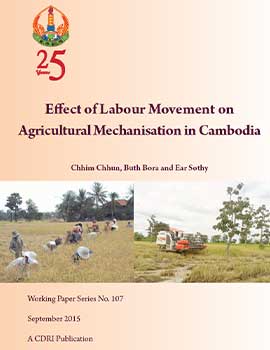
Effect of Labour Movement on Agricultural Mechanisation in Cambodia
This paper looks at the effect of labour movement on farm mechanisation in rural Cambodia. The study focuses on labour movement from on-farm towards off-farm jobs, and uses investment in agricultural machinery as a proxy for farm mechanisation. Statistics show that in recent years there has been a huge outmigration from rural areas. This has had significant impacts on farming practices across the...

